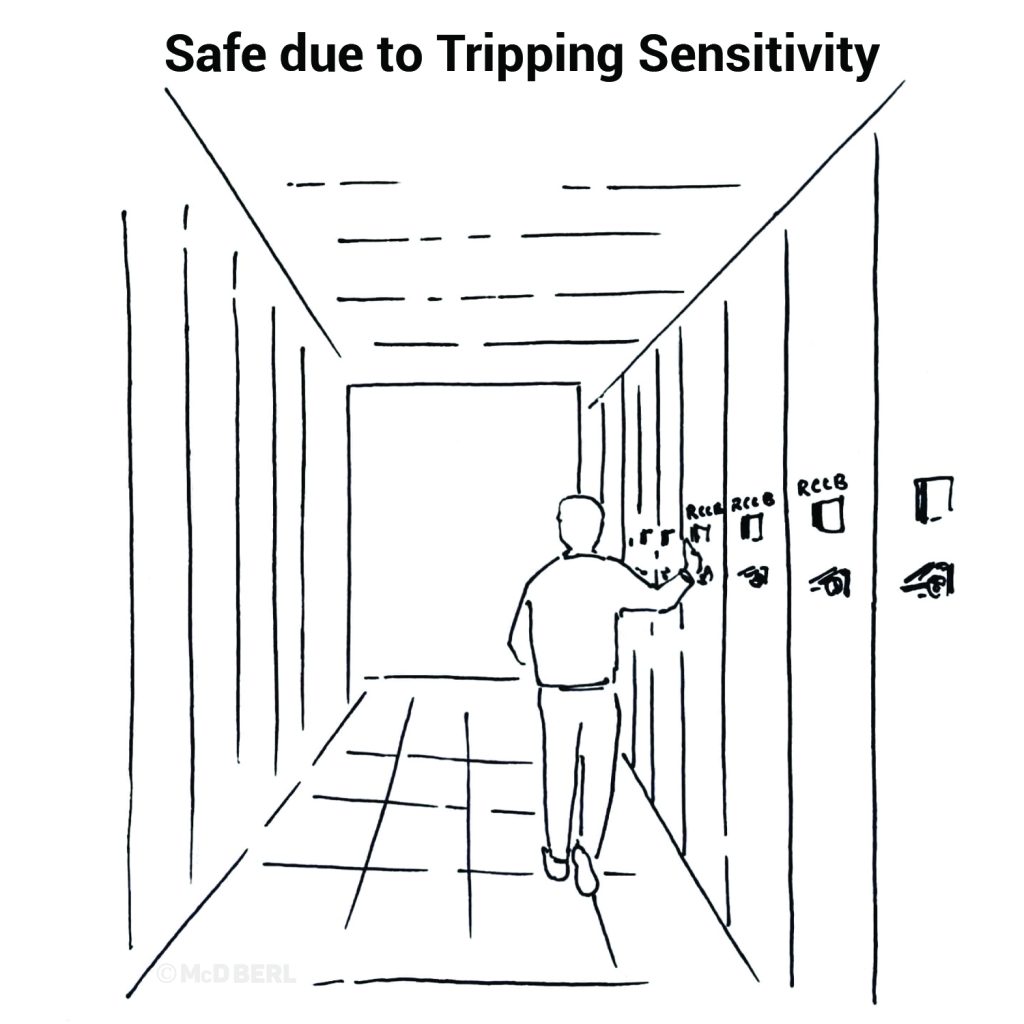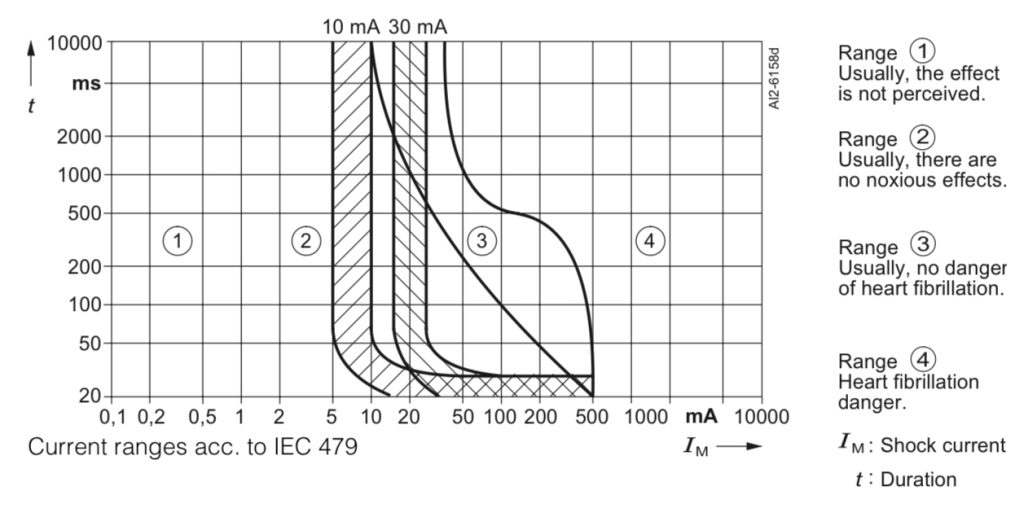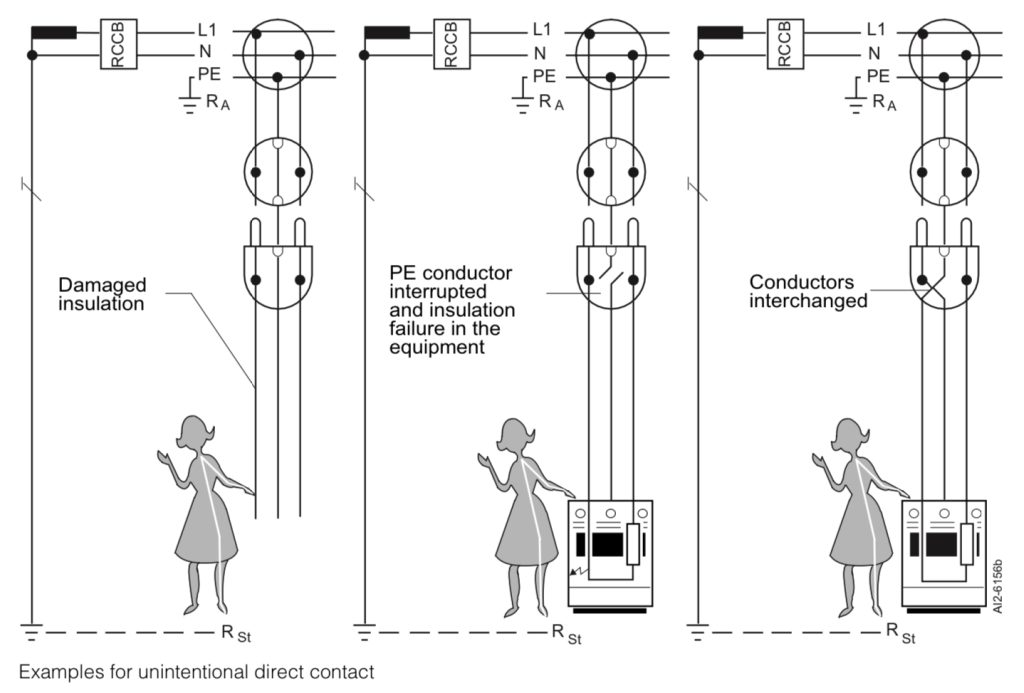How does the RCCB tripping sensor help protect us from shocks?

Have you ever wondered about the safety measures in your home’s electrical system? Electricity is a powerful force, but with great power comes great responsibility. Ensuring the safety of individuals and properties is paramount in any electrical system, and that’s where Residual Current Circuit Breakers (RCCBs) step in as indispensable guardians.
What is a Tripping Sensitivity? Imagine your home’s electrical system as a network of highways, and electricity as the traffic flowing through it. Sometimes, due to faults or leaks, the traffic (electricity) can go haywire, posing a risk of electric shocks or fire. This is where the RCCB (Residual Current Circuit Breaker) steps in, constantly sensing the flow of electricity and ready to act when something goes wrong. It quickly responds to abnormal electrical currents. Think of it like a superhero’s lightning-fast reflexes – the quicker it detects a problem, the faster it can protect you.
So, why should you care? Firstly, the RCCB is your guardian against electric shocks. If there’s an issue, it acts super-fast, cutting off the power to keep you safe. It’s like your personal superhero. Secondly, it’s a fire preventer! The RCCB works like a fire extinguisher for your electrical setup. If it catches something unusual, it steps in immediately, stopping potential electrical fires in their tracks. And guess what? It’s not just looking out for you but also your devices. Your appliances and gadgets are like allies to the RCCB. It prevents any electrical hiccups from harming your precious tech.
No one wants a shock, right? RCCBs come with different sensitivity levels, typically categorized as 30mA (milliamps) and 100mA, 300mA & 500mA also. The lower the sensitivity, the quicker the RCCB responds. While a 30mA RCCB provides high-level protection for homes, a 100mA RCCB may be suitable for certain industrial applications.

RCCBs with fault currents ≤ 30 mA offer robust protection against unintentional direct contact with live parts, complementing their existing defense against indirect contact. The diagram highlights human physiological responses to current, emphasizing the danger of area 4 currents that can lead to heart fibrillation and death. Tripping ranges for RCCBs with 10 mA and 30 mA fault currents fall within 10 ms to 30 ms, meeting safety standards. RCCBs ensure reliable protection, unmatched by other comparable means, and their effective use requires an accompanying protective ground conductor to prevent current flow through a person unless two faults occur, or live parts are touched directly.

When a person directly contacts live parts, the current through the human body is determined by two resistances: the internal resistance of the person (RM) and the local ground leakage resistance (RSt). To prioritize accident prevention, the worst-case scenario assumes nearly zero local ground leakage resistance. The human body’s resistance varies with the current path; for instance, hand-to-hand or hand-to-foot paths may have a resistance of approximately 1,000 Ω, resulting in a current of 230 mA for a 230 V AC fault voltage in the hand-to-hand path.

In Conclusion, RCCB is your home’s guardian. It keeps a cautious eye on the flow of electricity, ready to jump into action at the slightest sign of trouble. Ensuring your home is equipped with a reliable and appropriately sensitive RCCB is a simple yet powerful step towards creating a safer living environment for you and your family. Stay safe, stay aware!
Be sensible about sensitivity!




